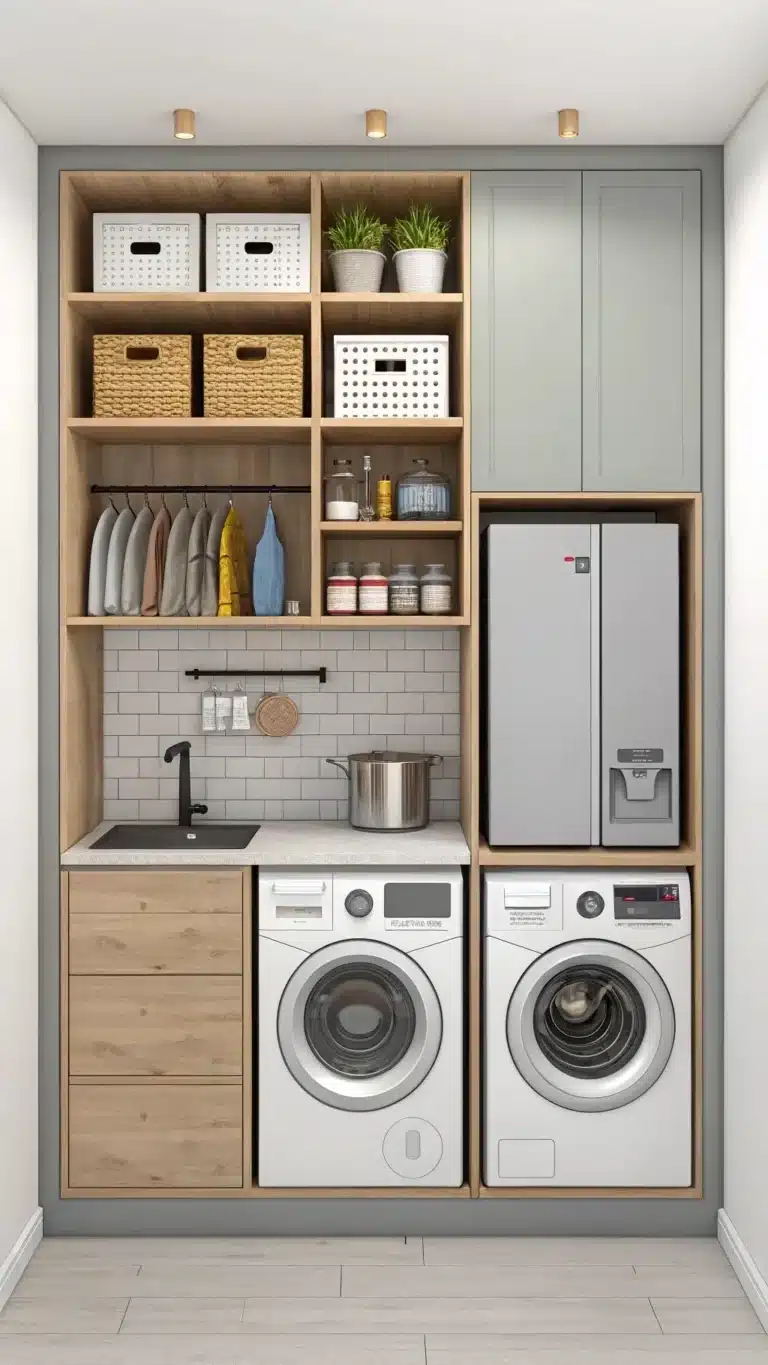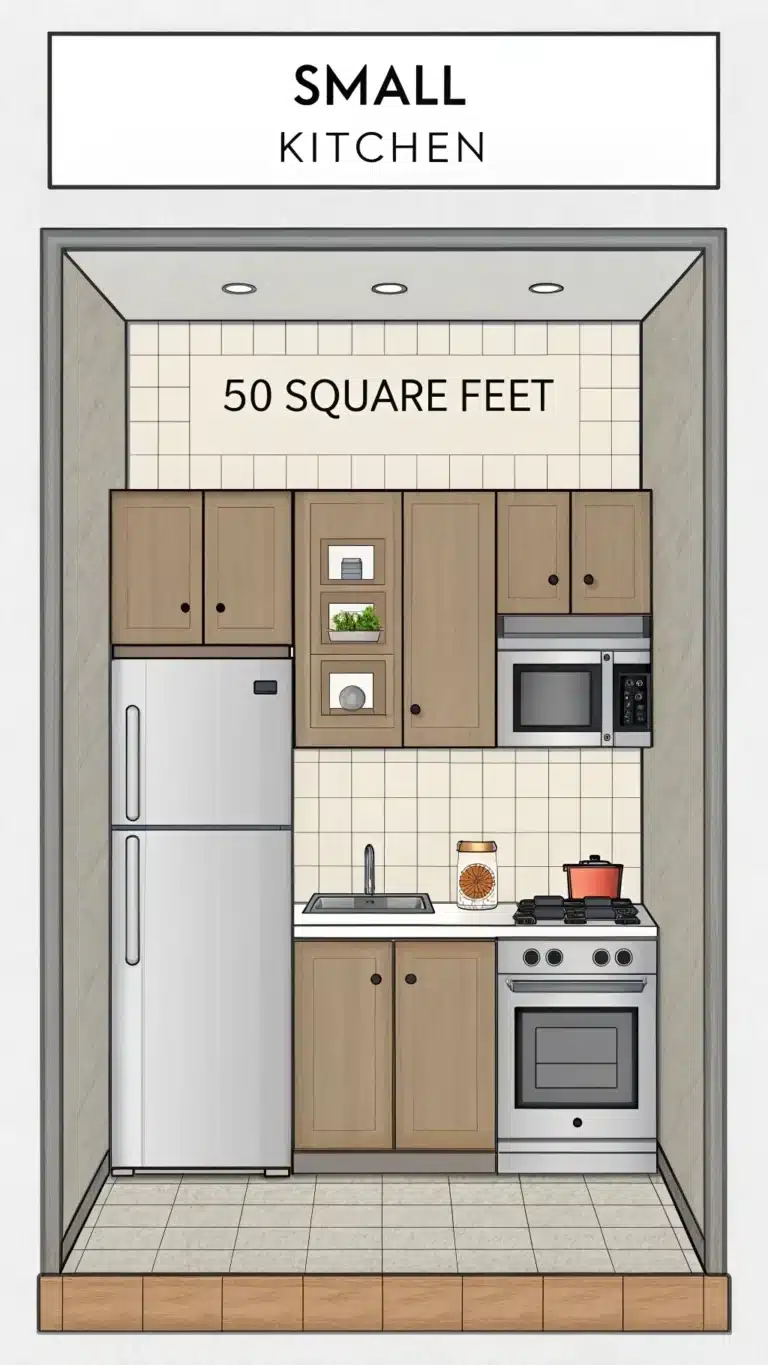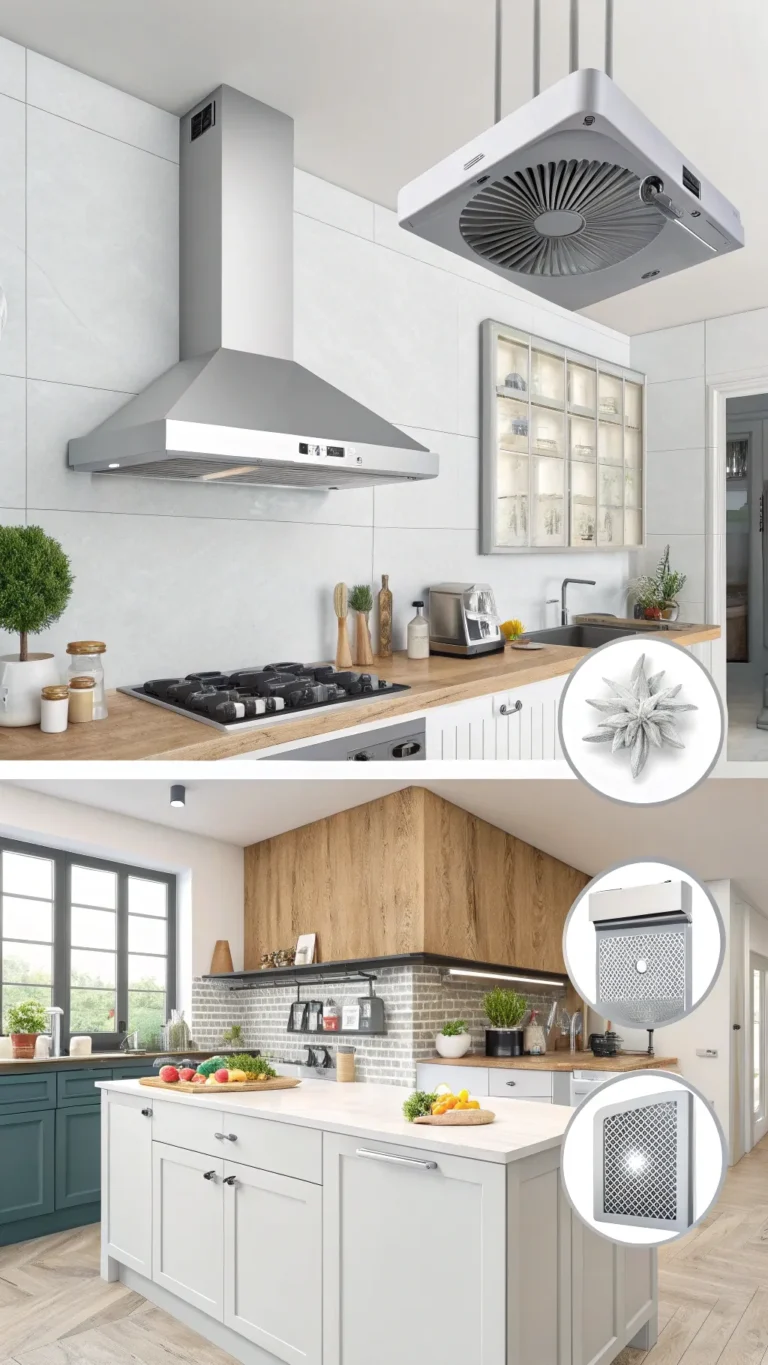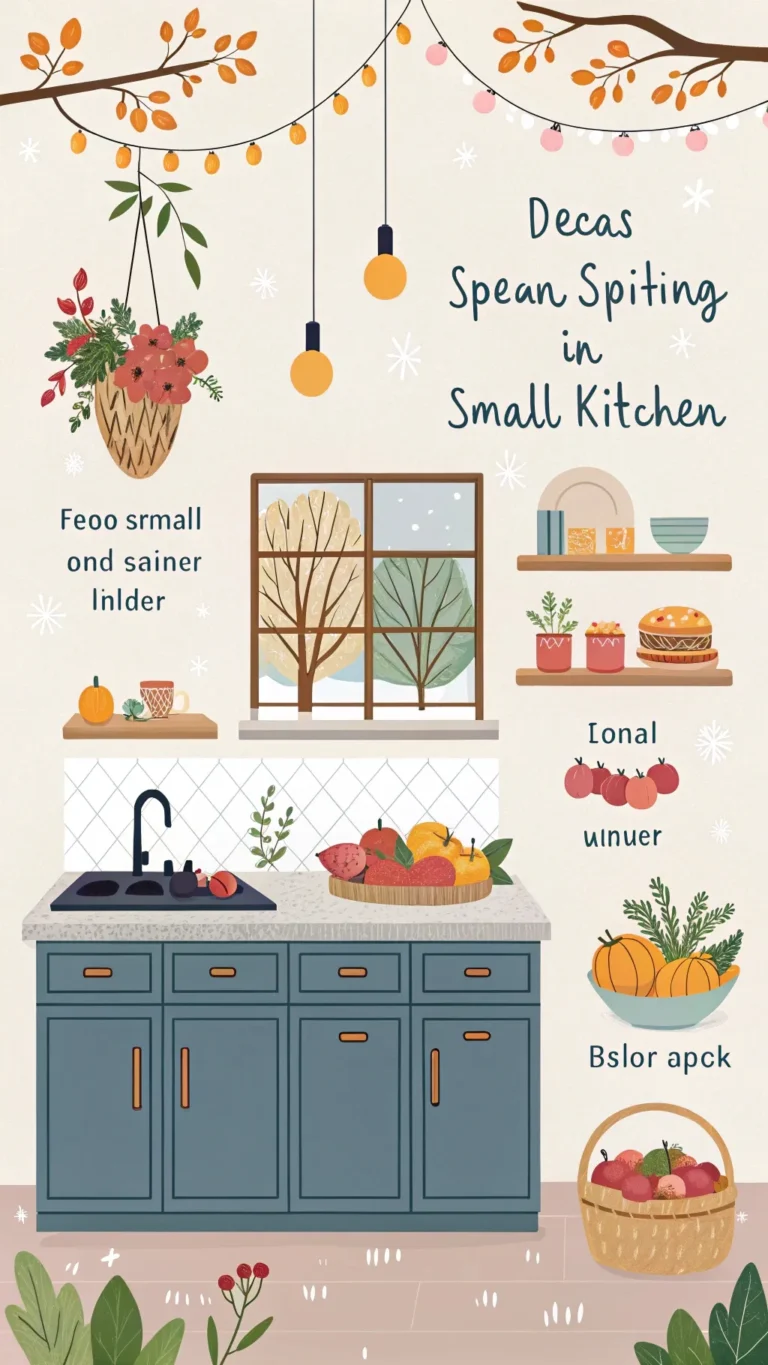Your small kitchen may seem cozy, but it can use a lot of energy. This drives higher bills and adds to environmental strain. By adopting some smart habits and choices, you can save money and reduce your kitchen’s impact. Here, we share 10 small kitchen energy saving tips just for you.
These tips cover how to pick the right appliances, smart cooking habits, lighting and airflow tricks, water-saving ideas, and long-term maintenance. Whether you own your place, rent, or enjoy DIY projects, these tips fit your lifestyle and kitchen size.
Choosing and Using Energy-Efficient Small Kitchen Appliances
Appliances eat up a big part of your kitchen’s energy. Smart selections help you save a lot over time.
Tip 1: Prioritize Energy Star Appliances
Energy Star is a trusted label that signals energy-efficient products. Appliances like refrigerators, dishwashers, and microwaves with this label use less electricity.
Studies show Energy Star appliances can save 10-30% energy compared to standard models. That’s a real cut on your bills over years.
Look for Energy Star on new purchases. Though initial cost might seem higher, the savings multiply fast.
“An Energy Star label was the first thing I looked for when replacing my fridge,” shares Sarah J., a homeowner from Ohio.
A small energy-efficient fridge may cost a bit more but reduces your electricity use every day.
Image idea: Close-up of an Energy Star label on a fridge.
Tip 2: Optimize Refrigerator Efficiency
Refrigerators run constantly, so small changes save energy.
Set your fridge temperature between 37°F to 40°F (3°C to 5°C). Freezers should stay at 0°F (-18°C).
Keep your fridge about 3/4 full. This helps stabilize temperature but don’t cram it—air must circulate for cold air to spread.
Check door seals by placing a dollar bill between door and frame. If it slips out easily, replace the seal.
Avoid placing your fridge near heat sources, like ovens or direct sunlight.
Make space around the fridge for air to flow freely. This keeps the compressor from overworking.
Diagram idea: Shelf arrangement showing good fridge loading.
Tip 3: Use Ovens, Stovetops, and Smaller Appliances Wisely
Not all cooking methods use the same energy.
Ovens tend to consume more energy than stovetops or microwaves. For small meals, try toaster ovens or microwaves instead.
Match the pot or pan size to the burner. Using a large burner for a small pan wastes energy.
Put lids on pots. This traps heat inside and cuts cooking time.
Avoid preheating ovens unless your recipe needs it, especially with older ovens.
Induction cooktops have become popular in 2025. They heat pans directly and waste less energy than electric or gas stoves.
Chart idea: Compare energy use: oven vs. stovetop vs. induction vs. microwave.
“Switching to induction lowered my cooking energy use significantly,” says Mark L., a DIY enthusiast.
Try microwaves or toaster ovens for small tasks instead of heating a large oven.
Energy-Saving Cooking Habits for Your Small Kitchen
The way you use appliances matters as much as the appliances themselves.
Tip 4: Master the Dishwasher (or Handwashing) Efficiency
Many think handwashing saves energy, but modern dishwashers often use less if used right.
Run dishwasher only when it’s full.
Choose the air-dry instead of heated dry setting.
Avoid pre-rinsing your dishes extensively. Most dishwashers clean scraps well.
If washing by hand, use a basin to wash and a second to rinse. Don’t leave the water running.
Image idea: Neatly loaded dishwasher ready to run.
Tip 5: Minimize Oven Door Opening
Opening the oven door releases lots of heat.
Each time heat escapes, the oven works harder and uses more energy.
Use the oven light to check your cooking instead of opening the door.
Set timers and trust them. Peeking less keeps temperature steady.
“I lost track of this simple habit—you’d be surprised how much energy you save just closing the door,” says home chef Linda M.
Tip 6: Plan Your Cooking & Use Residual Heat
Cooking in batches saves energy. Heat the oven or stovetop once to prepare multiple dishes.
Turn off ovens or cooktops a few minutes before finishing. Residual heat completes cooking.
Thaw frozen food overnight in the fridge. It reduces the energy used by defrosting.
Planning helps lower the overall energy spent in the kitchen.
Tip reminder: Batch cook, turn off early, thaw smartly.
Bright Ideas: Energy-Saving Lighting and Ventilation in Small Kitchens
Energy use comes from more than just appliances. Lighting and ventilation matter.
Tip 7: Switch to LED Lighting
LED bulbs use up to 80% less energy than incandescent bulbs.
Use LEDs for overhead, task, and under-cabinet lighting.
Smart LED lights allow dimming and timing, saving energy when full brightness isn’t needed.
“LED lights brightened my kitchen while cutting electricity costs,” reports renter Alex K.
Replace all old bulbs with LEDs—small change, big result.
Photo idea: LED lighting under kitchen cabinets.
Tip 8: Use Range Hoods Strategically
Range hoods remove heat and moisture, helping prevent your cooling or heating system from working too hard.
Turn on the hood only when cooking involves smoke, steam, or strong smells.
Clean and maintain filters regularly. Dirty filters reduce hood efficiency and waste energy.
Tip reminder: Use hoods smartly and keep clean.
Conserving Hot Water: Energy Savings at the Sink
Heating water adds to your kitchen energy use, even in a small space.
Tip 9: Be Mindful of Hot Water Use
Use cold water for rinsing vegetables or washing hands.
Fix dripping faucets quickly. Even small leaks waste gallons and energy daily.
Install low-flow faucet aerators to reduce water and heating demand.
“Fixing my leaky kitchen tap saved me both water and energy,” shares homeowner Tim S.
Photo idea: Dripping faucet with a graphic showing water waste.
Long-Term Energy Savings: Maintenance, Design, and Future-Proofing Your Small Kitchen
Maintaining your kitchen and planning space wisely saves energy over time.
Tip 10: Focus on Maintenance and Leverage Design
Keep fridge coils clean by vacuuming or brushing dust off periodically.
Check oven door seals for cracks and replace as needed.
Seal drafts around windows and doors to stop heat loss or gain, easing your HVAC load.
Use smart plugs to cut ‘phantom load’—energy used by devices on standby.
Smart thermostats linked to kitchen activity optimize energy use in larger systems.
Choose sustainable materials that reflect light and support airflow, reducing need for lighting or ventilation.
Durable, locally sourced countertops and cabinets add a green edge to your small kitchen.
Photo idea: Cleaning fridge coils or draft-sealing work.
Your Small Kitchen Energy Questions Answered
Here are quick answers to common questions.
What are the biggest energy-consuming appliances in a small kitchen?
Refrigerator, oven/range, and dishwasher (especially when using heated dry).
Are induction cooktops really more energy efficient than electric or gas?
Yes. Induction heats pans directly with minimal wasted energy.
How much can I realistically save with these tips?
Savings vary, but combining tips may reduce kitchen energy use by 10-30%.
Does cleaning behind the fridge really save energy?
Yes. Dust makes compressors work harder and increases electricity use.
What’s ‘phantom load’ and how do I avoid it in the kitchen?
Phantom load means energy used by appliances on standby. Unplug rarely used devices or use smart power strips.
Start Saving Energy (And Money!) in Your Small Kitchen Today
Your small kitchen can use energy wisely. Using Energy Star appliances and smart cooking methods saves money and resources.
Simple habits like closing the oven door and batch cooking help more than you think.
Fix leaks, switch to LEDs, and maintain appliances to keep energy use low.
Try one or two tips today, then build from there. Share these ideas with friends and family who want to save.
Small changes add up. Use these small kitchen energy saving tips to see a difference soon.






